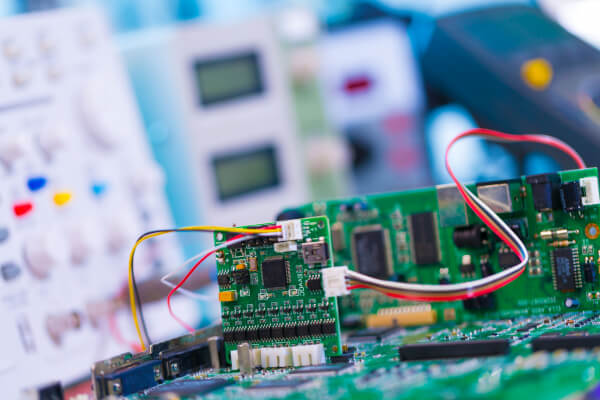Preventive Measures and Best Practices
Design for Manufacturability: Ensure that the PCB design considers manufacturing processes to reduce the risk of defects.
Proper Soldering Techniques: Use correct soldering temperatures, appropriate amounts of solder, and proper flux to ensure good connections.
Regular Inspection and Testing: Use visual inspections, X-rays, and functional testing to catch issues before they lead to failures.
Environmental Controls: Store and operate PCBs in controlled environments to minimize exposure to moisture, dust, and temperature extremes.
Component Selection: Choose components with appropriate ratings for the intended application, considering factors like temperature, voltage, and current.
